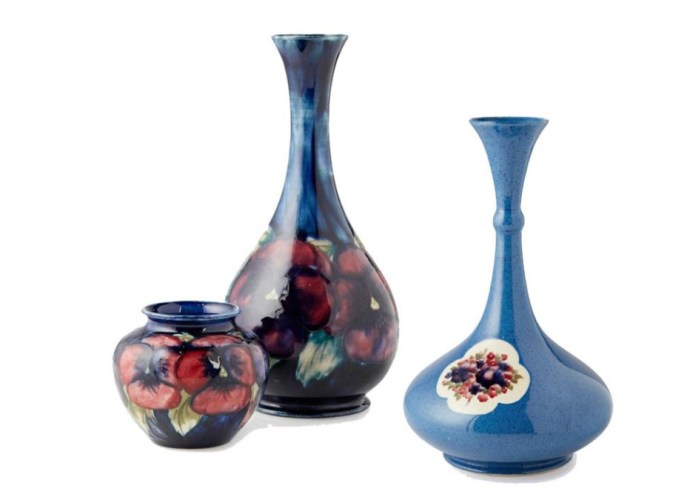Exploring the RIBA Awards: A Testament to Architectural Artistry and Innovation
The Royal Institute of British Architects (RIBA) awards, established in 1836, celebrate architectural excellence, reflecting design evolution and aesthetic values. The diverse categories showcase the intertwining of architecture with the decorative and applied arts.Read More →









